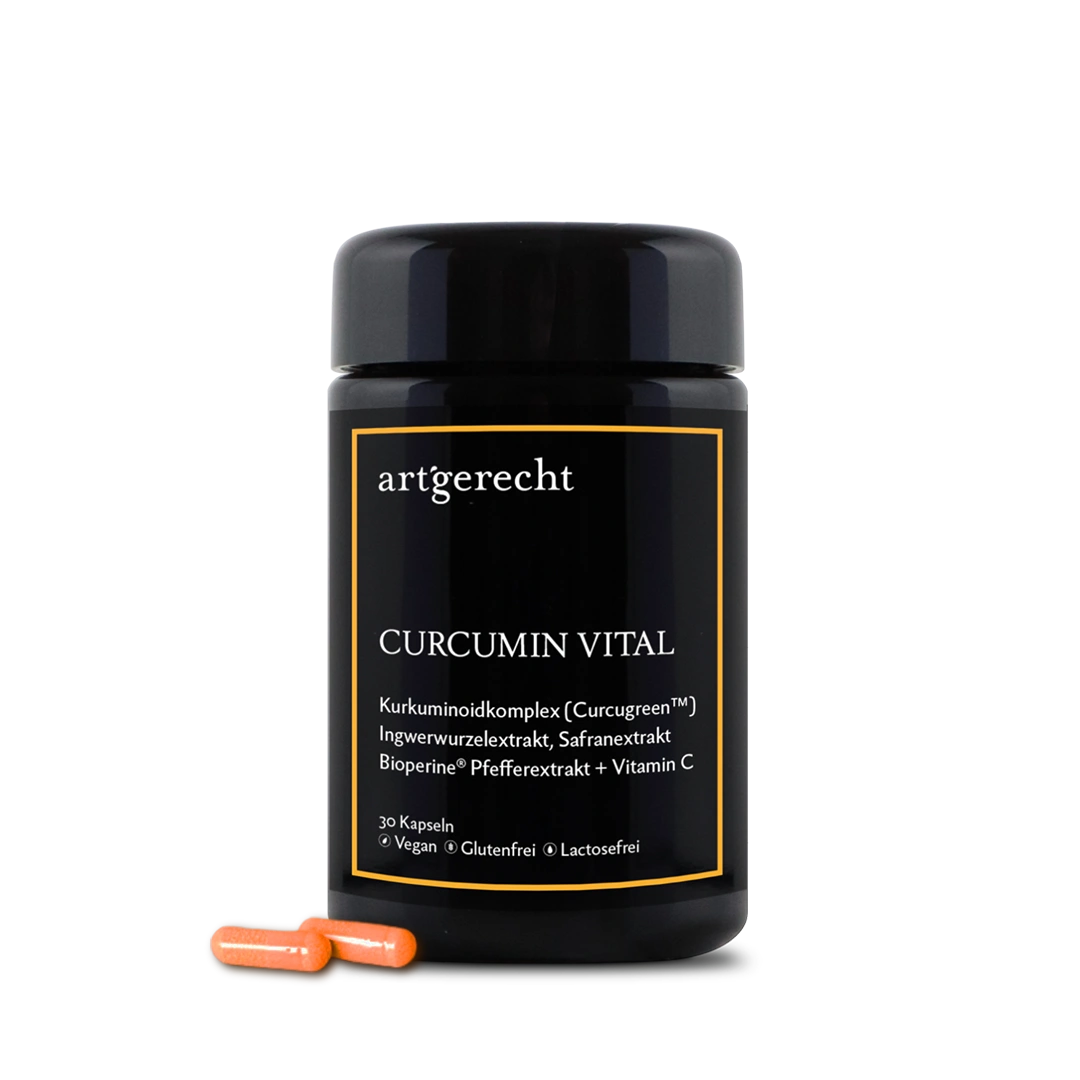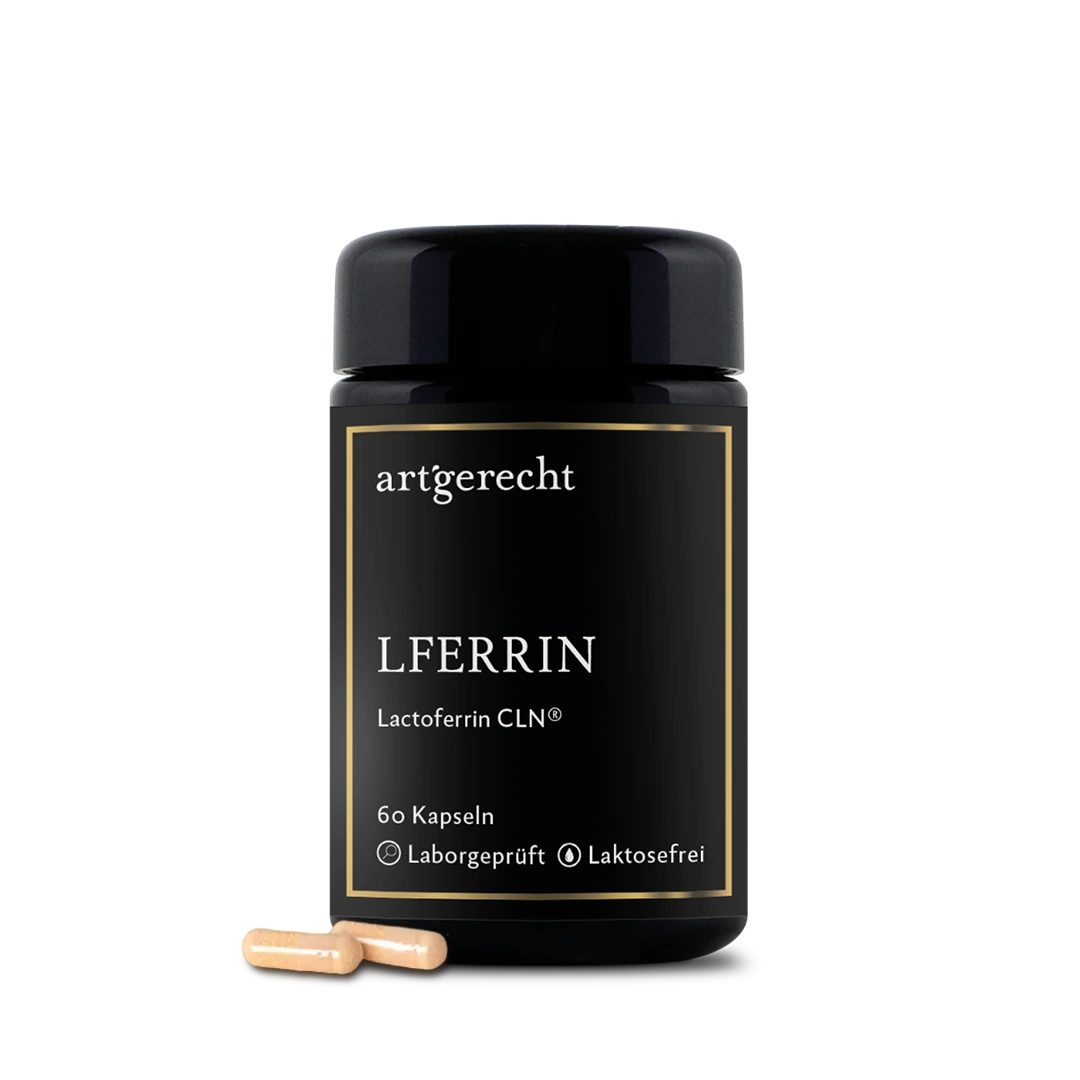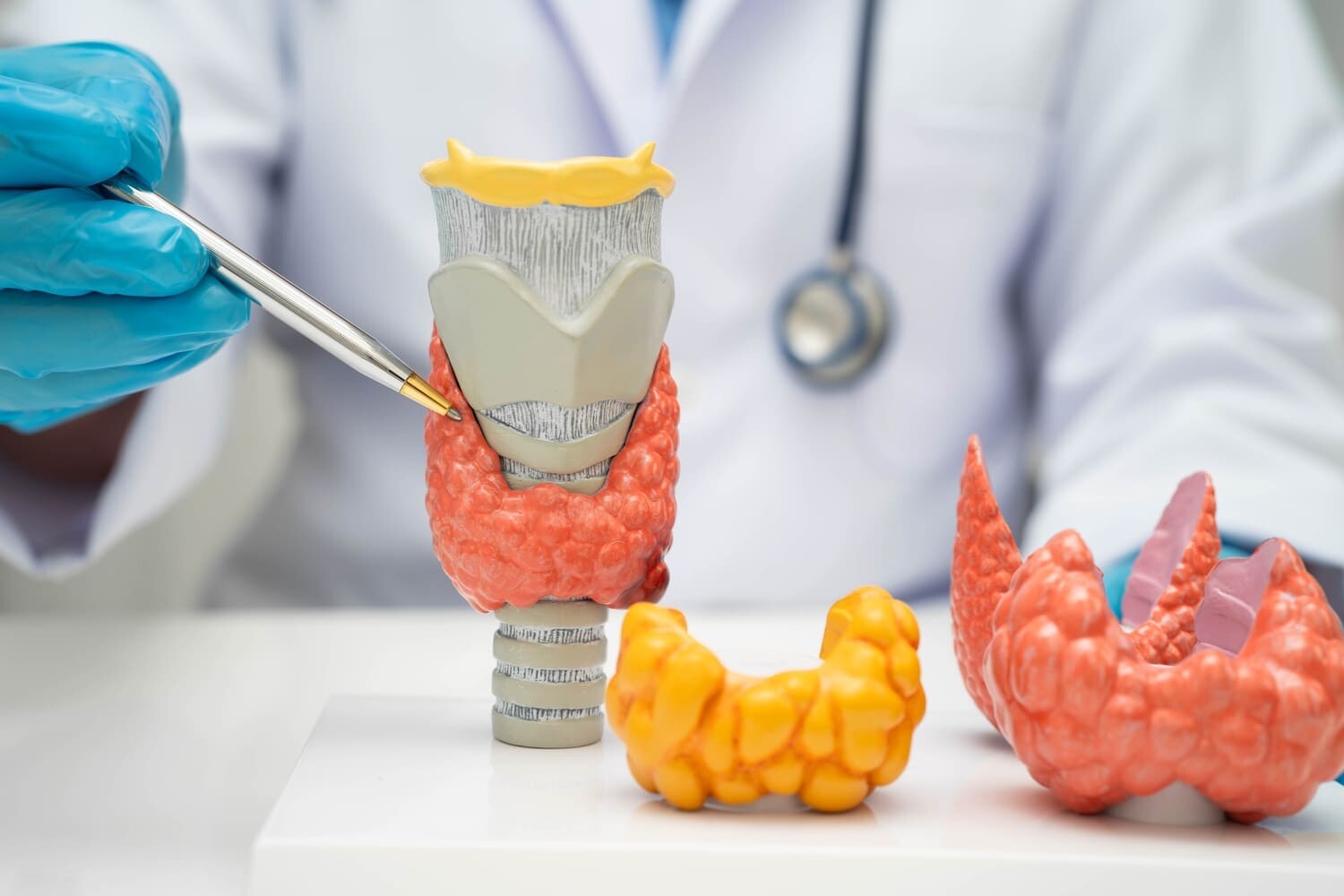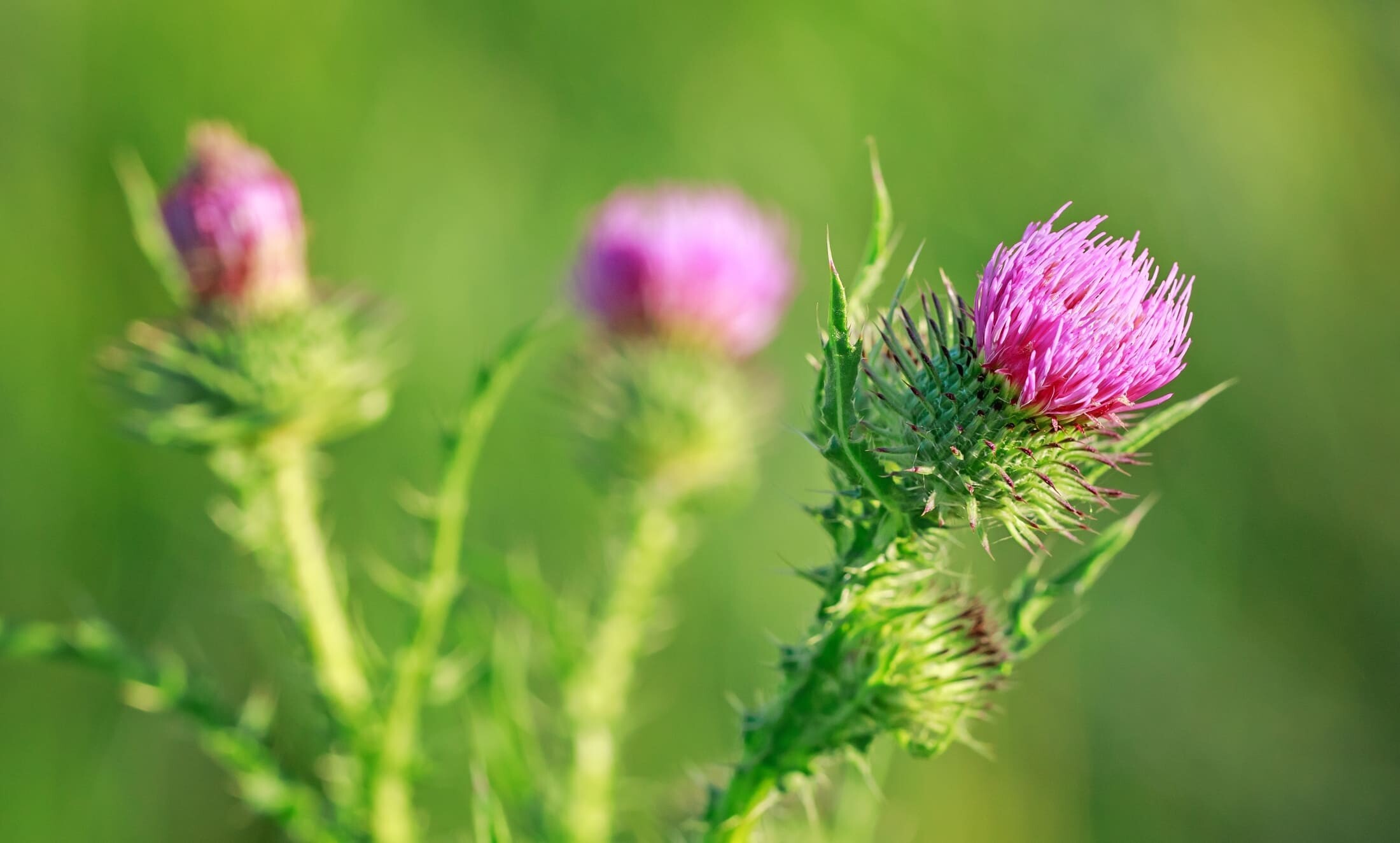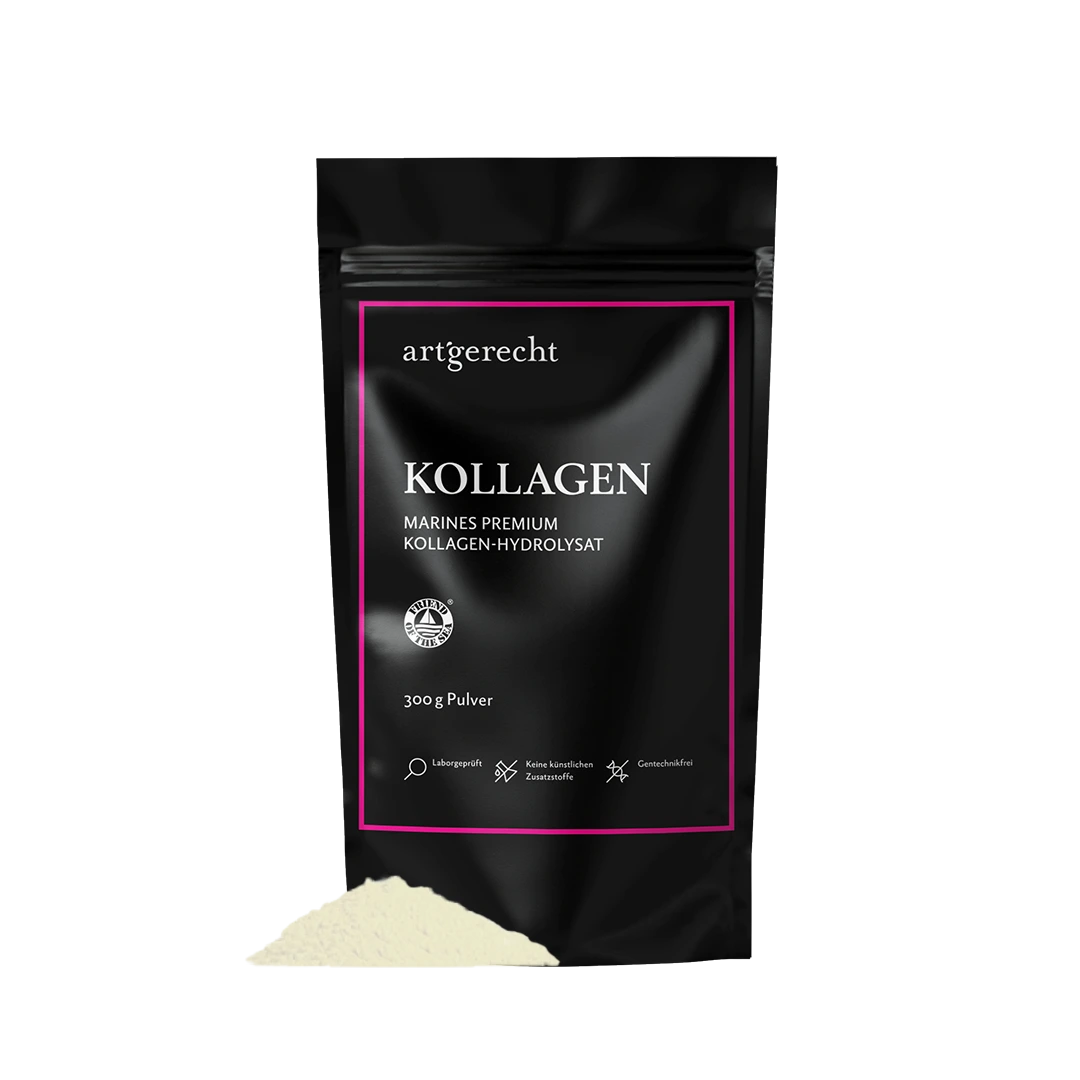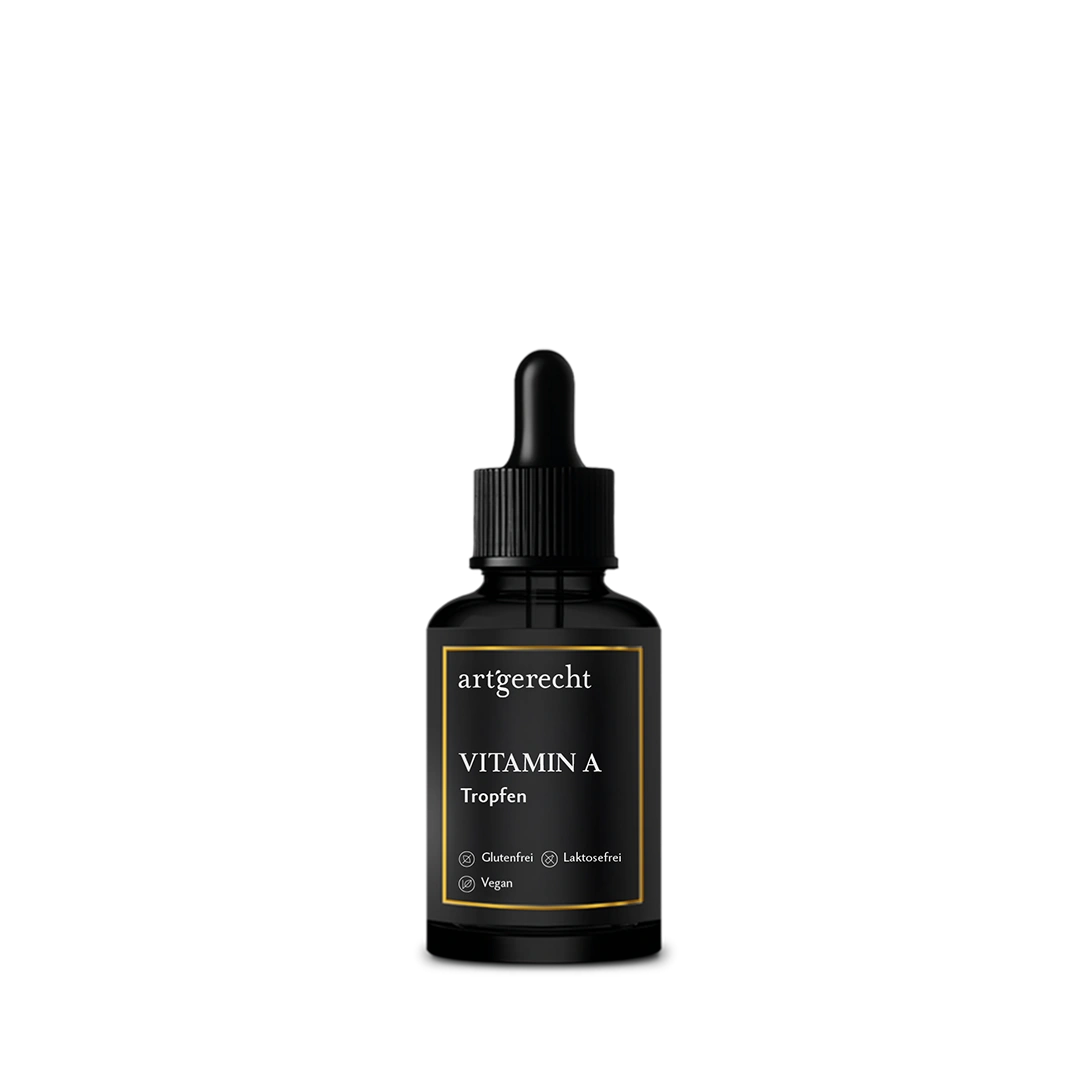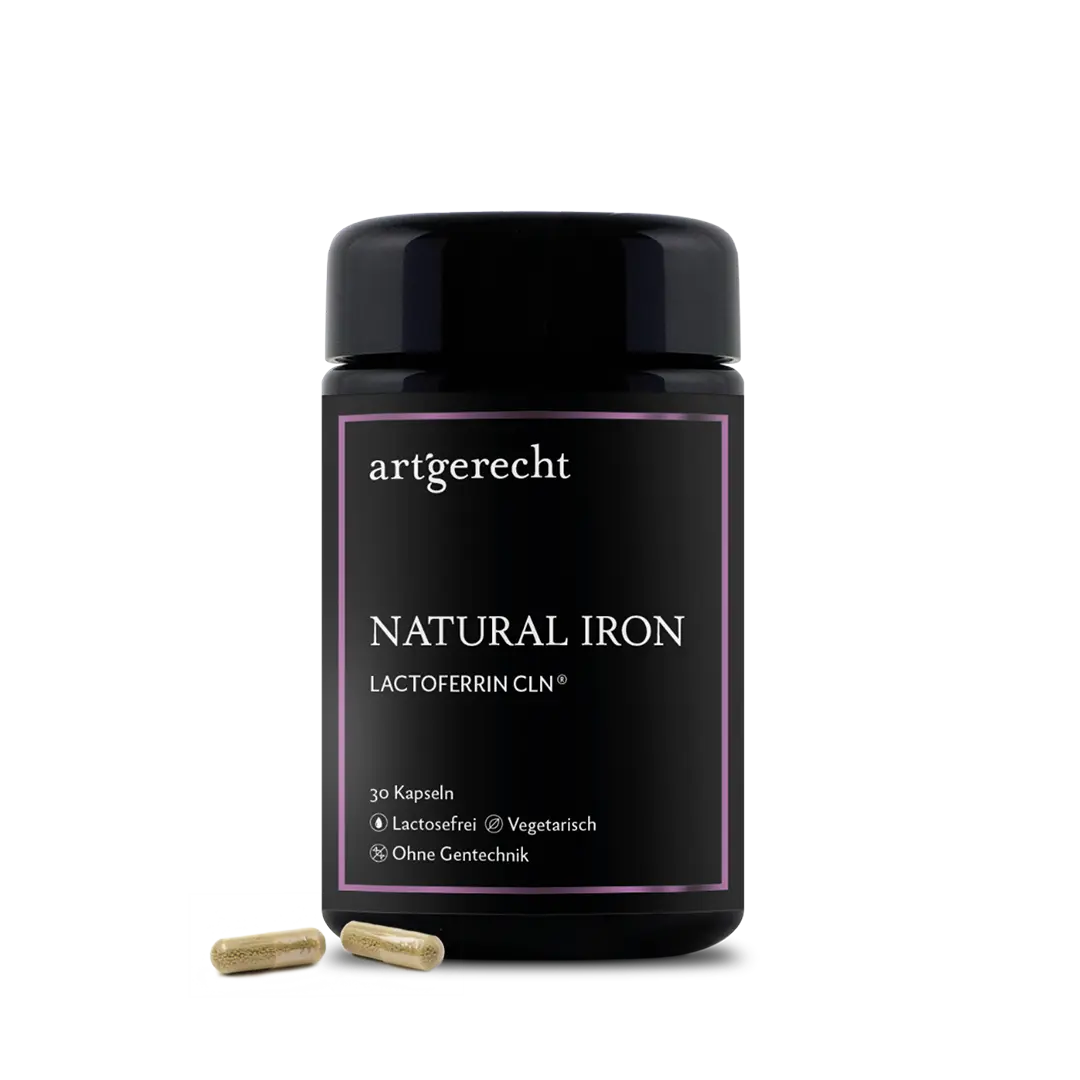The occurrence of numerous pathogens shows clear seasonal fluctuations, such as in humans, where flu and respiratory infections occur more frequently in the winter months [1]. Seasonality has been observed in a variety of respiratory diseases caused by more than 200 viruses from six different families, including orthomyxoviruses (influenza), paramyxoviruses (respiratory syncytial virus), parainfluenza viruses, coronaviruses, picornaviruses (colds), herpes viruses and adenoviruses. When viruses responsible for upper respiratory tract infections circulate in a population throughout the year, seasonal factors such as air temperature play an increasingly important role in the incidence of upper respiratory tract infections [2]. In order to support the immune system in protecting the body from pathogens, bioactive substances could be used;The bioactive substances lactoferrin, curcumin and vitamin D could be helpful.
Remarkably, Lactoferrin not only has an antimicrobial effect, but also plays a role in controlling innate and adaptive immune responses. Central molecular mechanisms of the immune system are cytokines, which are either anti-inflammatory (e.g. interleukin [IL]-4, IL-10) or pro-inflammatory (e.g. tumor necrosis factor-α, IL-1, IL-6, IL-12), as well as chemokines (e.g. IL-8). Numerous in vitro and in vivo studies have shown that Lactoferrin regulates the expression of these molecules [3]. Various studies in recent years have shown that consumption of lactoferrin can protect the host from viral infections by preventing virus attachment to cells, inhibiting viral replication in cells and enhancing systemic immune functions [4]. In a randomized placebo-controlled double-blind clinical trial, one group of participants received a combination of bovine lactoferrin and an Ig-rich fraction of whey protein, while the other group of participants received a placebo. After 45 days, the number of cold symptoms was found to be significantly lower in the lactoferrin group. The total number of cold days and the severity of the cold were also lower during the clinical study period when taking lactoferrin compared to placebo, although the difference was not significant. Lactoferrin could therefore be used as a preventive supplement to prevent colds and their most common symptoms in the general population [5].
Here, LFERRIN from artgerecht provides a high-purity lactoferrin specifically designed to support the immune system and promote overall health. With a purity level of over 97%, LFERRIN meets the highest quality standards to ensure maximum bioavailability and efficacy.
Another substance that can support the immune system is tumeric. Curcuma longa is traditionally used in Asian countries as a medicinal plant for the treatment of various diseases, as it has antioxidant, anti-inflammatory, antimutagenic and antimicrobial properties [6]. The versatile antiviral effect of curcumin is based on its ability to influence a large number of molecular target structures that are involved in various cellular processes. These include the regulation of transcription and the activation of cellular signaling pathways such as inflammation and apoptosis, presumably through intermolecular interactions [7]. In addition, curcumin can have a particularly supportive effect in inflammation. It has a positive effect on the signaling pathways in joint inflammation and inflammation in the digestive system. Curcumin could also have beneficial effects on metabolic syndrome and contribute to the prevention of cardiovascular diseases [8].
This is where CURCUMIN VITAL from artgerecht can be a supplement to a balanced diet. Its effective formula with Curcugreen™ curcumin, which is known for its anti-inflammatory effect and supportive effect, is an ideal supplement to a balanced diet.Curcumin, which is known for its anti-inflammatory effect and support for joint health, is combined with ginger and saffron, which relieves joint pain and strengthens the immune system. The addition of piperine from black pepper increases bioavailability so that the body can optimally absorb the valuable ingredients.
Vitamin D– deficiency is a widespread problem worldwide. Depending on its severity, vitamin D deficiency can cause or worsen osteopenia and osteoporosis in adults, cause osteomalacia and muscle weakness and increase the risk of bone fractures [9]. A Polish study showed that there is a widespread deficiency of vitamin D in predominantly urban adults during the winter months [10]. This can be attributed to the fact that the vitamin D status is mainly determined by the formation in the skin, which takes place through the photochemical effect of UVB light (wavelength 290-320 nm). Due to seasonal fluctuations in the intensity of solar UV light, vitamin D levels decrease in winter and increase again in summer [11]. A sufficient intake of vitamin D is difficult if you do not regularly consume fatty fish. In addition, excessive sun exposure, especially sunlight that leads to sunburn, increases the risk of skin cancer. Therefore, moderate exposure to the sun (or UV-B radiation) and the intake of dietary supplements are necessary to meet the body's vitamin D requirements [9].
Here, the use of OSOLE from artgerecht can help to cover the vitamin D requirement, especially in the winter months. Each drop of OSOLE provides the body with 1,000 i.U. vitamin D3 in liquid form. The ingredients are obtained from lanolin (wool fat) using a gentle extraction process and dissolved in MCT and olive oil.
[1] Altizer, S., Dobson, A., Hosseini, P., Hudson, P., Pascual, M., & Rohani, P. (2006). Seasonality and the dynamics of infectious diseases. Ecology letters, 9(4), 467-484.
.[2] Eccles, R. (2002). An explanation for the seasonality of acute upper respiratory tract viral infections. Acta oto-laryngologica, 122(2), 183-191.
.[3] Legrand, D. (2016). Overview of lactoferrin as a natural immune modulator. The Journal of pediatrics, 173, S10-S15.
.[4] Wakabayashi, H., Oda, H., Yamauchi, K., & Abe, F. (2014). Lactoferrin for prevention of common viral infections. Journal of Infection and Chemotherapy, 20(11), 666-671.
[5] Vitetta, L., Coulson, S., Beck, S. L., Gramotnev, H., Du, S., & Lewis, S. (2013). The clinical efficacy of a bovine lactoferrin/whey protein Ig-rich fraction (Lf/IgF) for the common cold: a double blind randomized study. Complementary therapies in medicine, 21(3), 164-171.
[6] Pulido-Moran, M., Moreno-Fernandez, J., Ramirez-Tortosa, C., & Ramirez-Tortosa, M. (2016). Curcumin and health. Molecules, 21(3), 264.
[7] Mathew, D., & Hsu, W. L. (2018). Antiviral potential of curcumin. Journal of functional foods, 40, 692-699.
.[8] Pulido-Moran, M., Moreno-Fernandez, J., Ramirez-Tortosa, C., & Ramirez-Tortosa, M. (2016). Curcumin and health. Molecules, 21(3), 264.
[9] Holick, M. F. (2007). Vitamin D deficiency. New England journal of medicine, 357(3), 266-281.
[10] Kmieć, P., Żmijewski, M., Waszak, P., Sworczak, K., & Lizakowska-Kmieć, M. (2014). Vitamin D deficiency during winter months among an adult, predominantly urban, population in Northern Poland. Endokrynologia Polska, 65(2), 105-113.
[11] Mason, R. S., Rybchyn, M. S., Abboud, M., Brennan-Speranza, T. C., & Fraser, D. R. (2019). The role of skeletal muscle in maintaining vitamin D status in winter. Current developments in nutrition, 3(10), nzz087.


